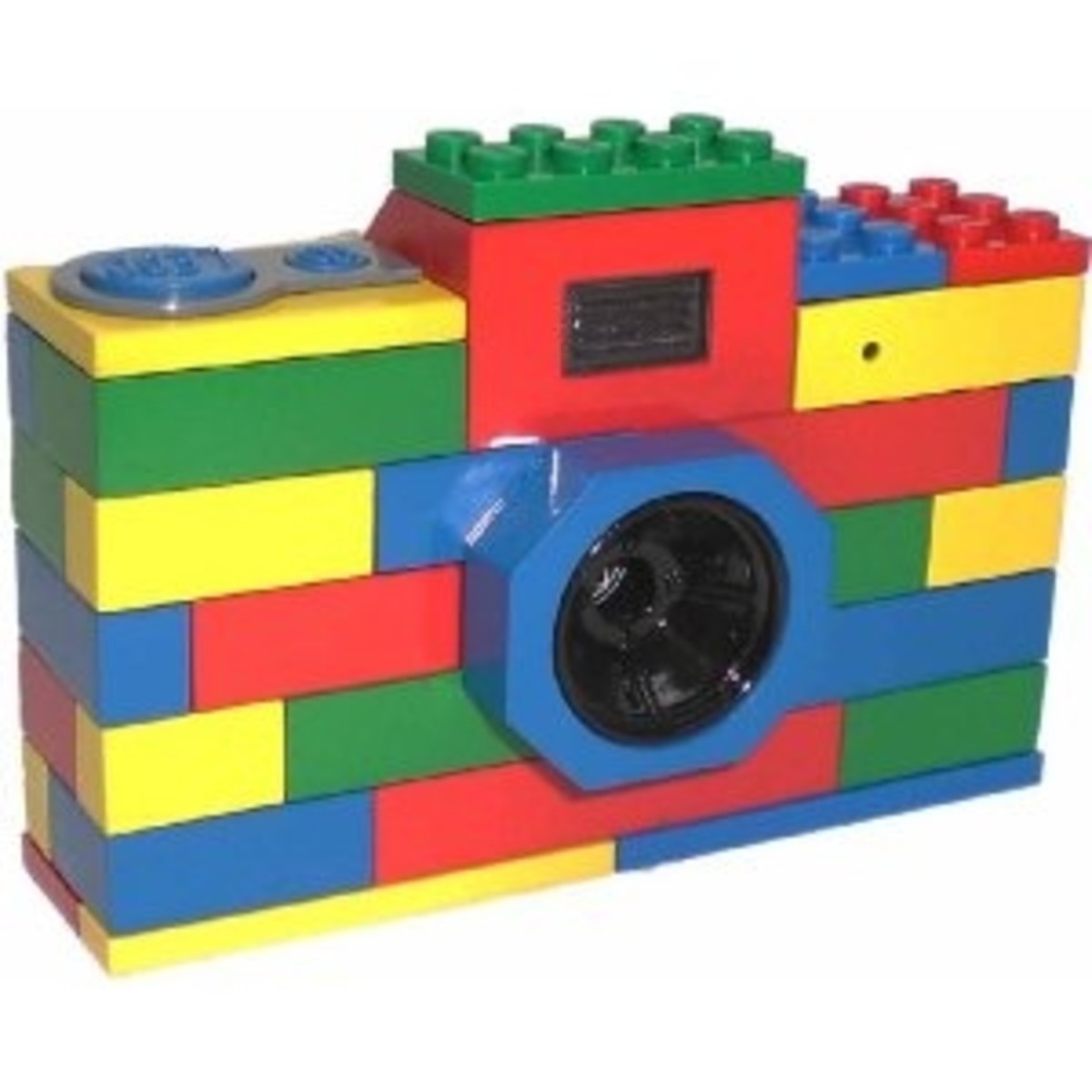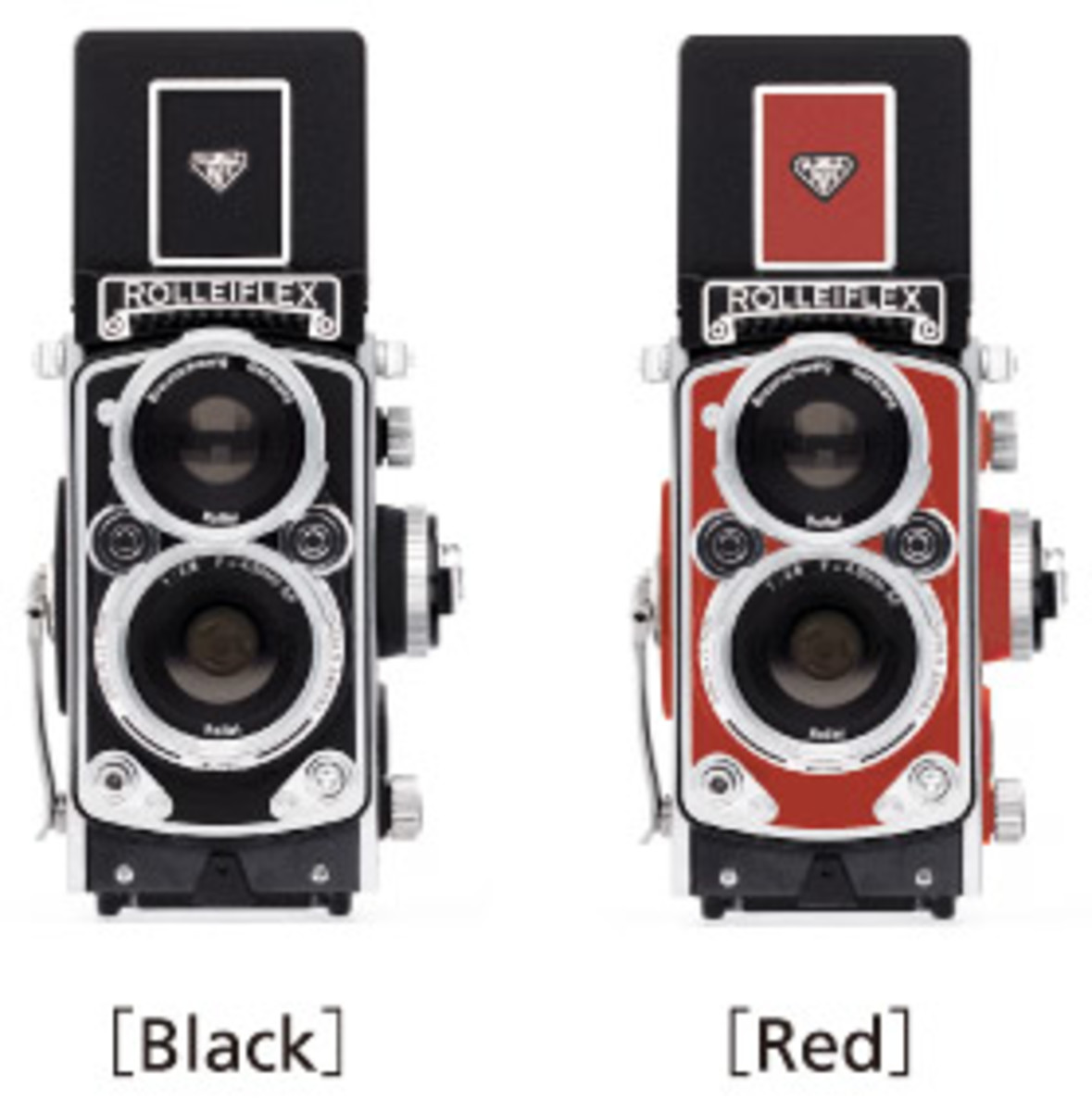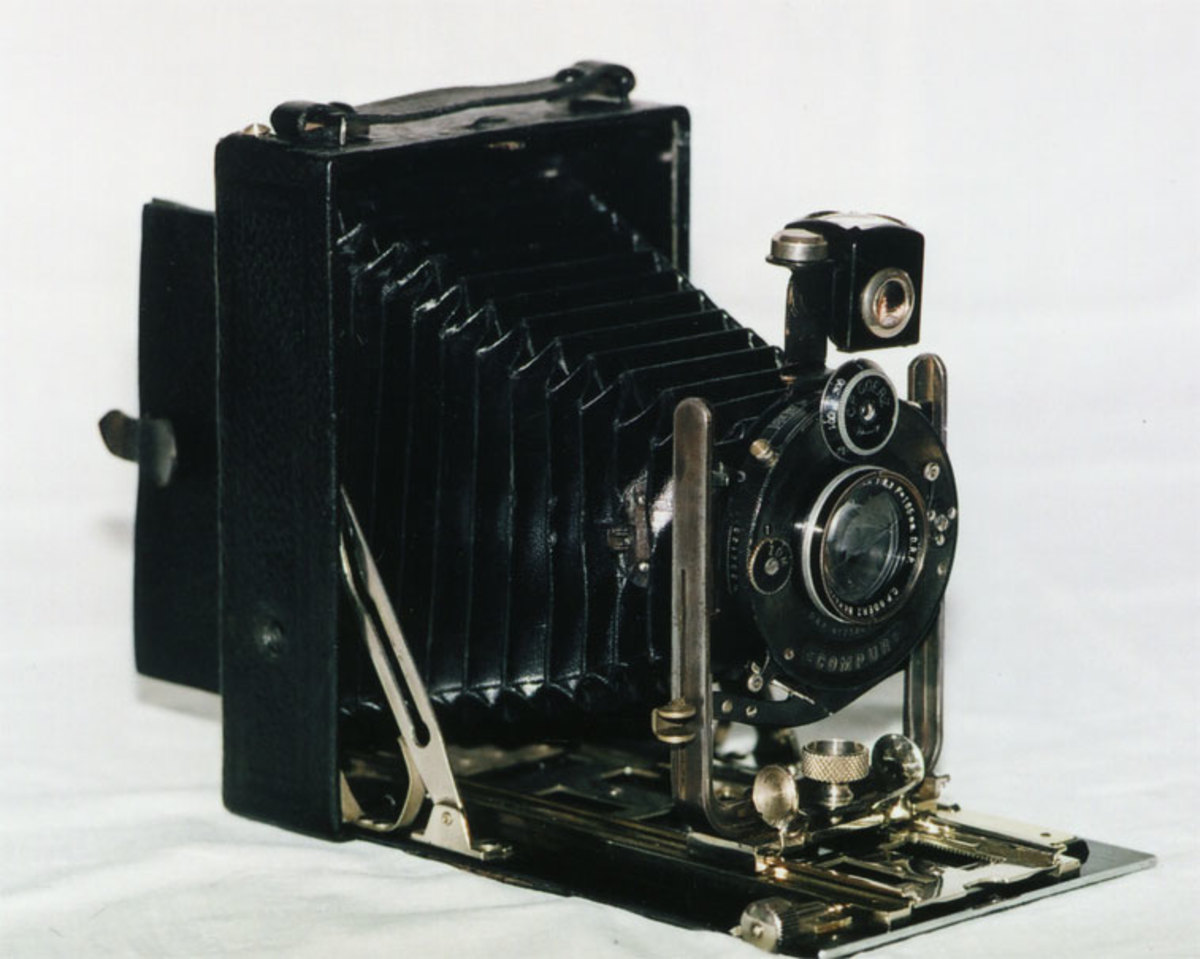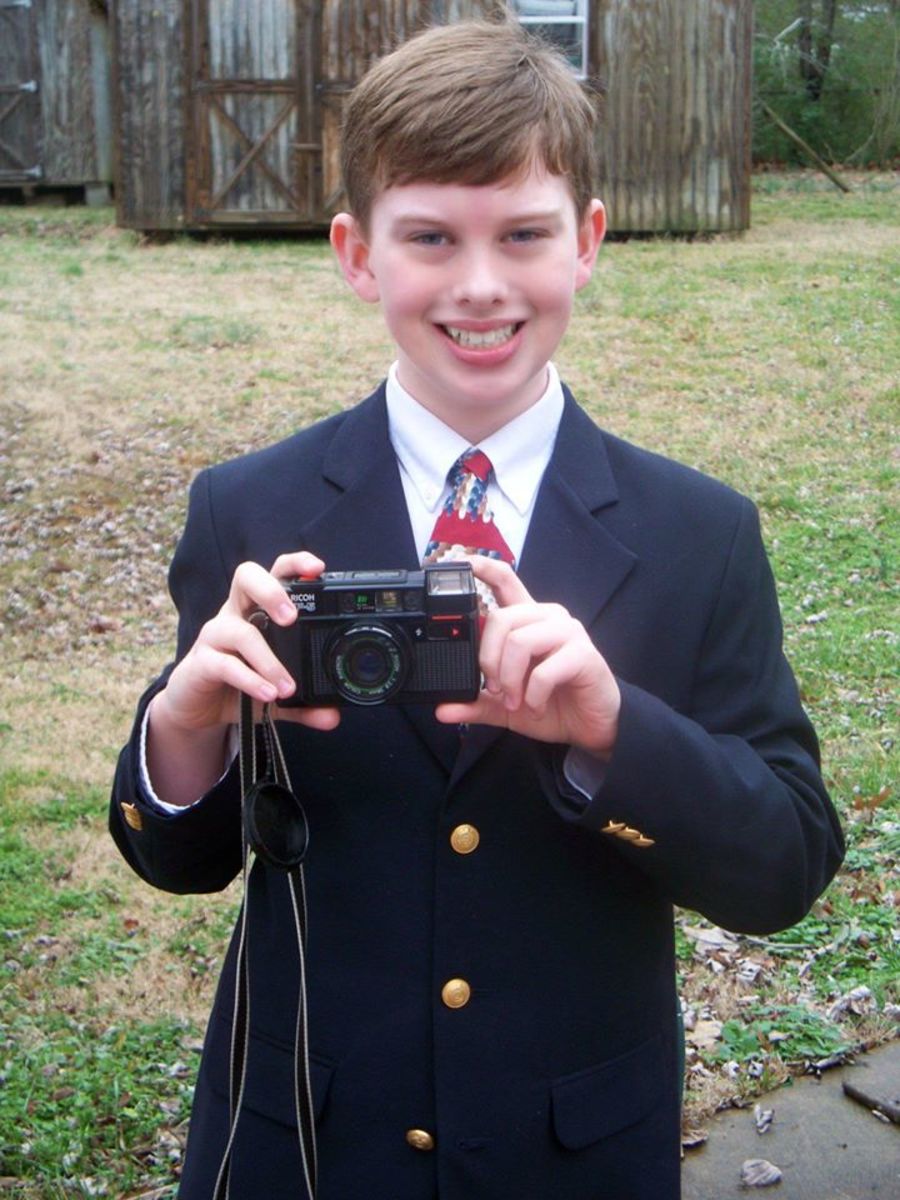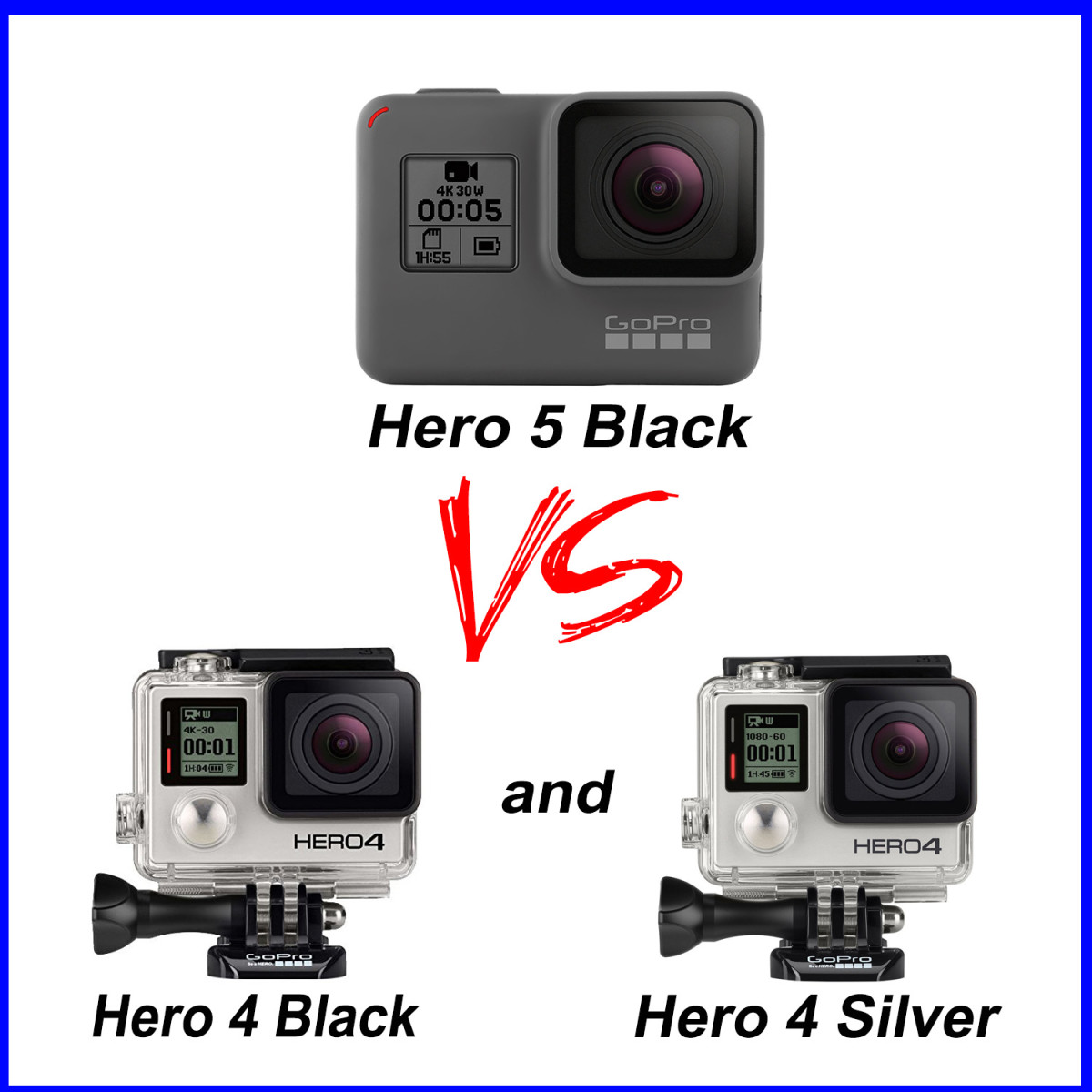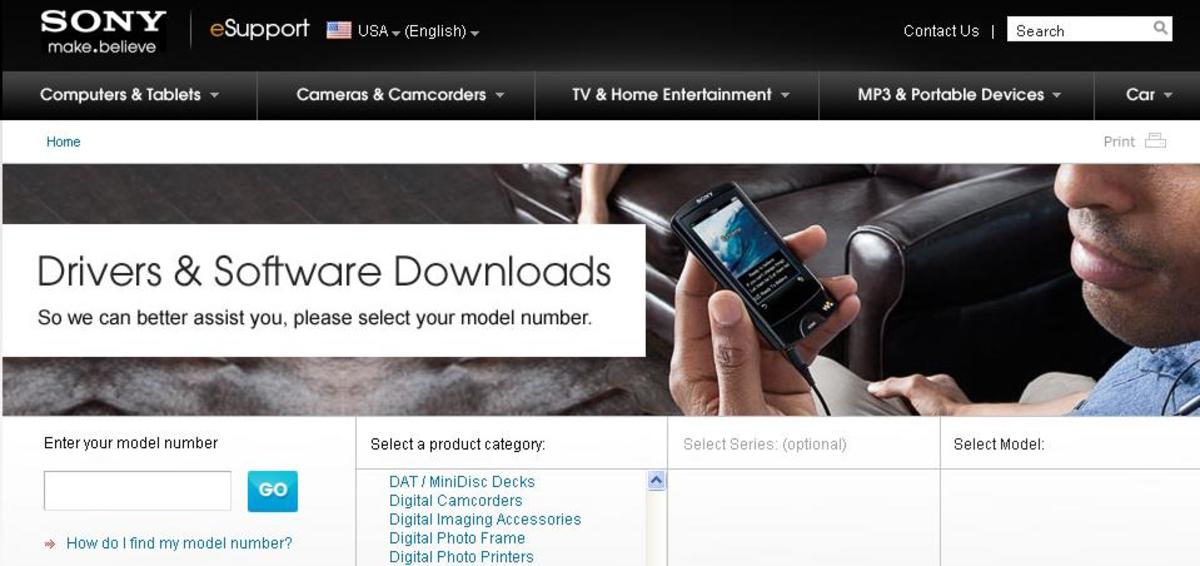- HubPages»
- Technology»
- Consumer Electronics & Personal Gadgets»
- Portable Electronics
My Compact Camera Buying Experience
Take Your Camera For A Test Drive
When I had an online business selling vintage collectibles including lots of jewelry, I purchased a Nikon D-90 digital SLR camera. Describing a fine piece of jewelry as 18k gold wasn’t as important as getting an excellent close-up photo of the 18k stamped inside a ring for example. The need for a high-end camera existed.
Traveling around the country created another camera need, though. There were too many times I would leave the Jeep and Charlie (dog) and I would wander into the woods or through scenic bergs. Instead of leaving my expensive camera in the car where excessive heat or a chance break-in might relieve me of its ownership, I began shopping for a compact digital camera…something that would fit easily into a pocket yet take quality photos.
A Google search resulted in a plethora of cameras with hundreds of options I didn’t know if I needed or wanted. My main concern was for a camera that if lost or broken wouldn’t hurt my wallet too badly and it had to take reasonably nice photos. For pure convenience, I went to the nearest Walmart to get a hands-on look at their selection.
The Sony Cybershot 14.1 Megapixel camera at around $100 looked like it was the perfect compact camera to fill my needs. Its sleek and compact design fit in my shirt pocket and I didn’t need a magnifying glass to see the 2.7” LCD screen that displayed my options and settings. I rushed back to my campsite to try it.
Photos taken with the Sony were excellent for what it was. I was duly impressed. Drawbacks though included the amount of time it took for the camera to prepare for subsequent shots along with its optical vs. digital zoom feature. The problem with such a small package featuring a 14+ megapixel capability was that to achieve such great quality, the small sensors have to be able to handle high pixel density. In other words, cramming all those pixels into such a small sensor resulted in longer reset times along with lower overall photo quality. It was still a great little camera for close up, still shots.
But it wasn’t quite what I wanted. The advantage to buying a camera from Walmart… is they let you use the product for a period of time…at the time I think it was a month and then may return it for a full refund or product exchange…no questions asked.
For a little over twice as much money, I replaced the Sony with a Canon PowerShot SX 130. Where the Sony had a 4x optical zoom, the Canon featured a monstrous 12x optical though the overall size was much larger and heavier. It wasn’t a shirt pocket camera however I could easily carry it in one of the front pockets of my jeans. The larger sensors are able to handle the 12.1 pixel density much better allowing much quicker resets and higher quality photos than the smaller camera. And the features included with the Canon are similar to those found on much more expensive SLR digital ones. The only drawback is that it uses regular AA batteries lacking a built in pack and charger. The remedy was the addition of a couple rechargeable batteries and a wall charger for about $15.
I am not here to promote this particular camera as there are dozens of others that may better suit your needs. While shopping just keep in mind the difference between optical and digital zoom…optical being a function of the lens while digital a function of the on board software and more mega pixels doesn’t necessarily equate to better photo quality.
There are lots of reviews for essentially every camera online. Google your favorites and read the reviews then if your local Walmart has the same trial policy…by all means try it out for a week or so and make sure it not only takes good quality photos but fits your lifestyle and activity level.



